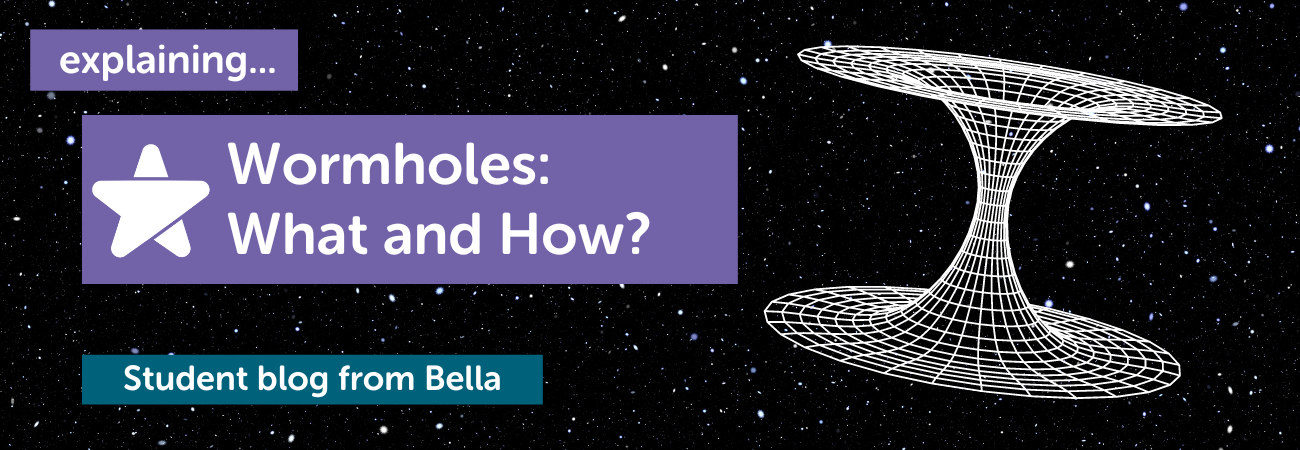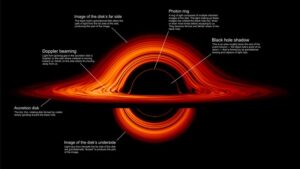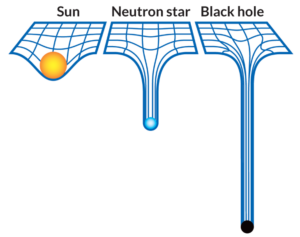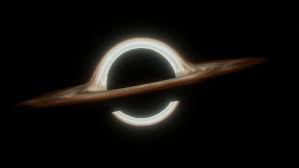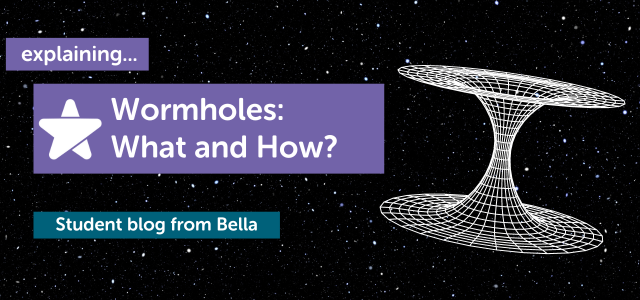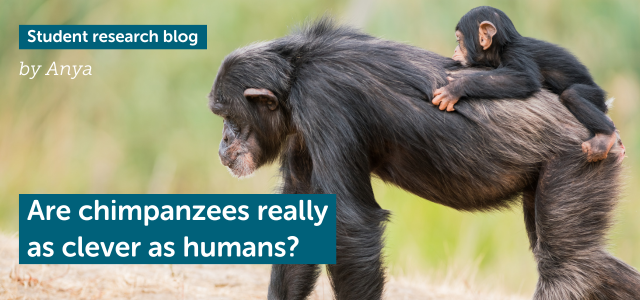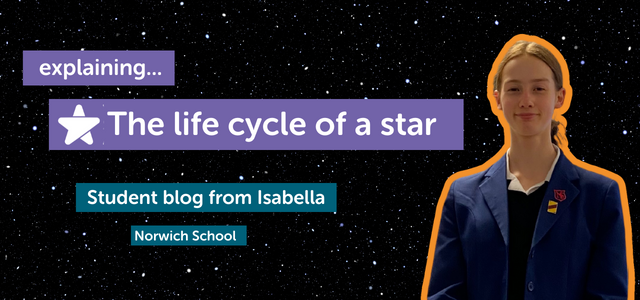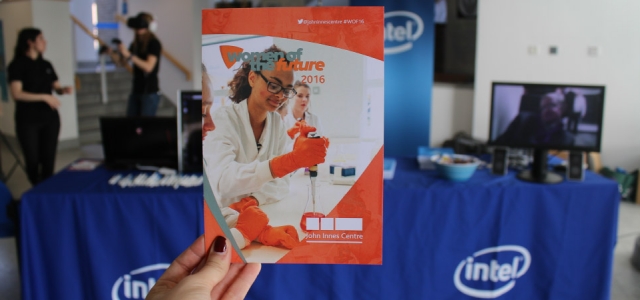Journey through the cosmic enigma: Exploring black holes, white holes, and the bending of space and time, with Youth STEMM Award participant, Bella.
Black holes are often called the giant enigmas of space; These light and electromagnetic wave devourers (1) were first caught in a picture in only 2019, 45 years after hawking radiation was discovered, changing the way we literally view black holes.
A black hole, by definition, is ‘a region of spacetime where gravity is so strong that nothing has enough energy to escape it.’ White holes, on the other hand, are theoretically parallel to black holes, and expand away from their singularity, the infinitesimal point at the centre. But principally, they emit light, instead of taking it in, however light is not the only thing that becomes distorted once taking a step through a black hole and out the ‘other end.’
A labelled image of a black hole with an orange accretion disk of light, NASA.
Picture a funnel, a distorted tube expanding lengthwise and narrowing. Stretching, essentially, all because of a falling star at the bottom of the funnel, pulling it backwards and inwards as it falls, stretching the tube. This is essentially a black hole, and as millions of years progress for us, the star ahead has only experienced a split second. The star continues to fall. So, if we are moving through this black hole tube, and time is slowing (due to the quantum nature of this much spacetime distortion) when do we reach the star? If the star is the singularity, and is forever slowing in time, but still falling, the star is in our future. The question is not where, but when.
The life cycle of a black hole, starting with a sun.
The funnel is narrowing into a physical representation of the singularity, which is a line. (Crushing us within it.) Can a black hole bounce around itself? As Carlo Rovelli depicts in his book, ‘White holes,’ We can imagine a basketball bouncing once, much like how a black hole bounces in time. As a result, a white hole is created, travelling backwards in time and space, spacetime. Now expanding outwards, increasing its width, and becoming gradually shorter (relative to us). “You can enter a black hole, but not leave it. In contrast, you can exit a white hole, but not enter it”(2) , Rovelli, ‘White holes’.
In 1935 Einstein and Nathan Rosen used general relativity to pose the hypothetical idea of a bridge through spacetime. Hence another name of a wormhole being the ‘Einstein-Rosen bridge.’ You might recognise the idea of a bridge connecting different points in space, as this idea has been referenced in the 2011 Marvel’s Thor, which is used by Asgardians to travel between realms. Einstein’s equations do not mention a flow of time, so if they let a process occur, they must allow it to happen backwards as well. Evidently, if you were to play a recording of a black hole backwards, you would see a white hole, and they would obey Einstein’s equations until quantum behaviour takes the reins.
A theoretical wormhole that would transport matter through space and time
This wormhole idea has been used in almost every sci-fi movie that includes time travel in some way or another. But essentially, wormholes are very abstract and theoretical, and are the product and prediction of general relativity.
Some physicists believe this is simply implausible, as the mathematical structure would be too unstable. The ones that do believe in wormholes expect there to be many throughout space, which if proven, would be shortcuts across the universe, or perhaps serve as a bridge to others.
References:
1. AAS Nova, 2022
2. Carlo Rovelli, White Holes, 2023

